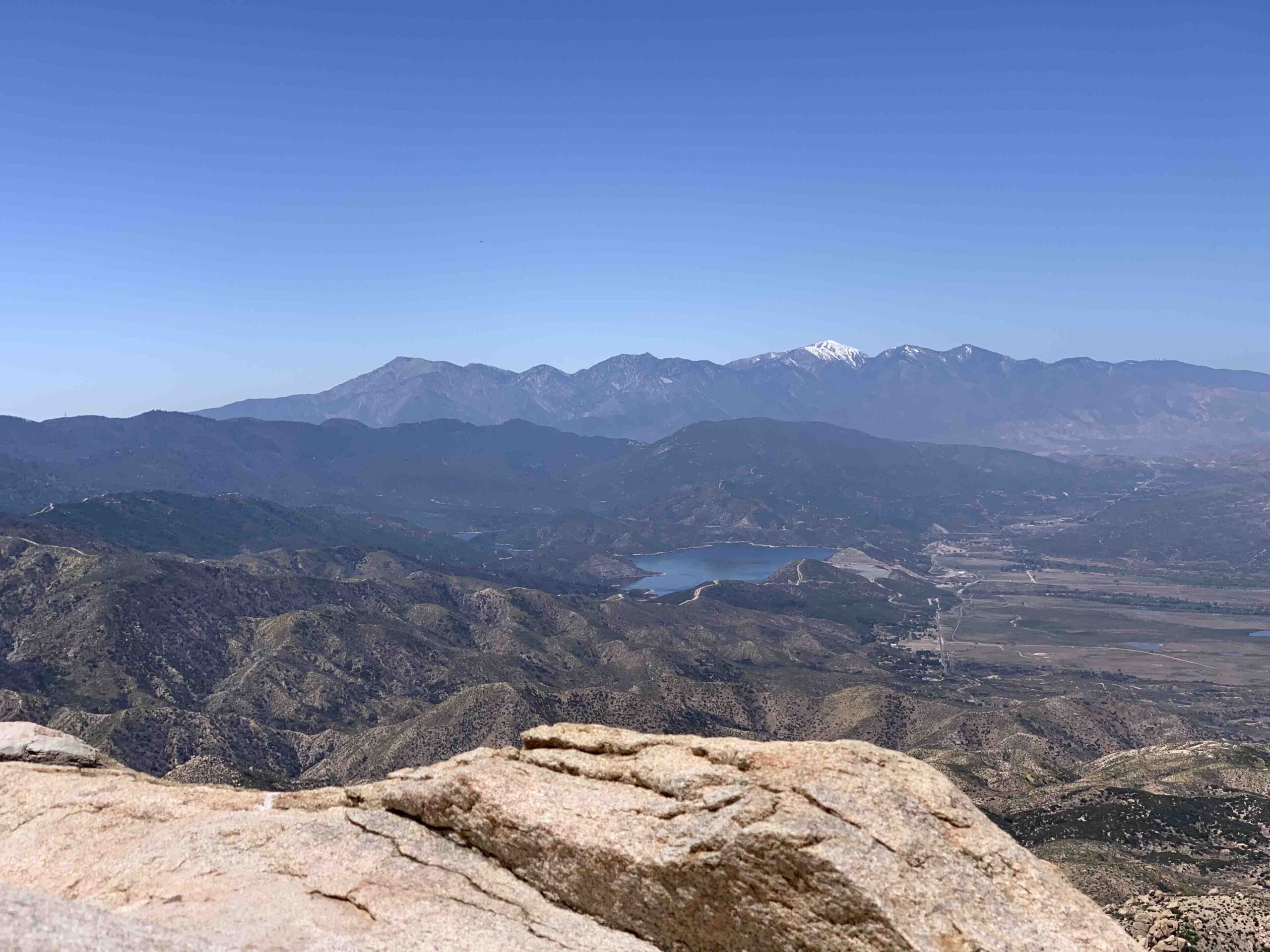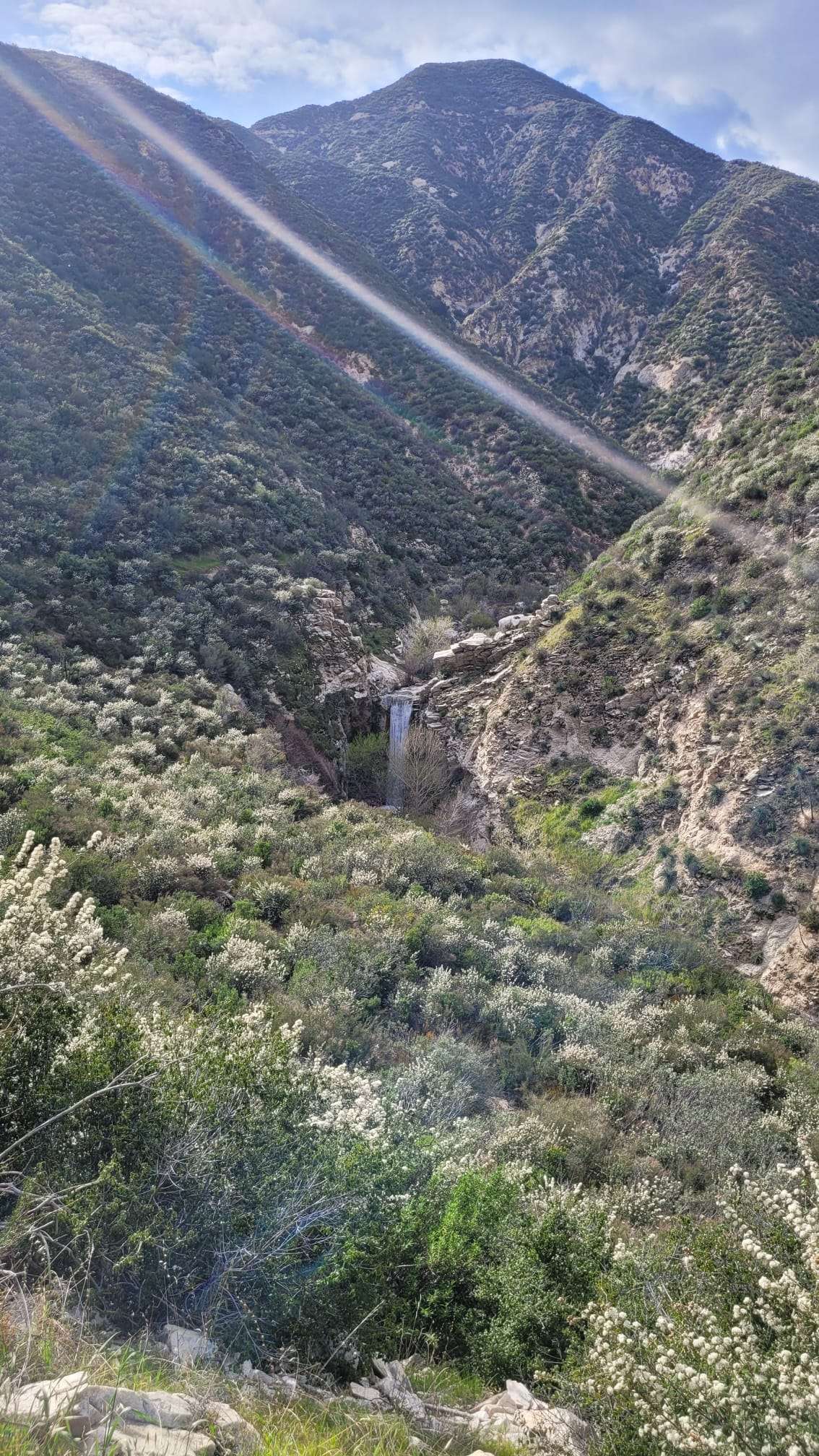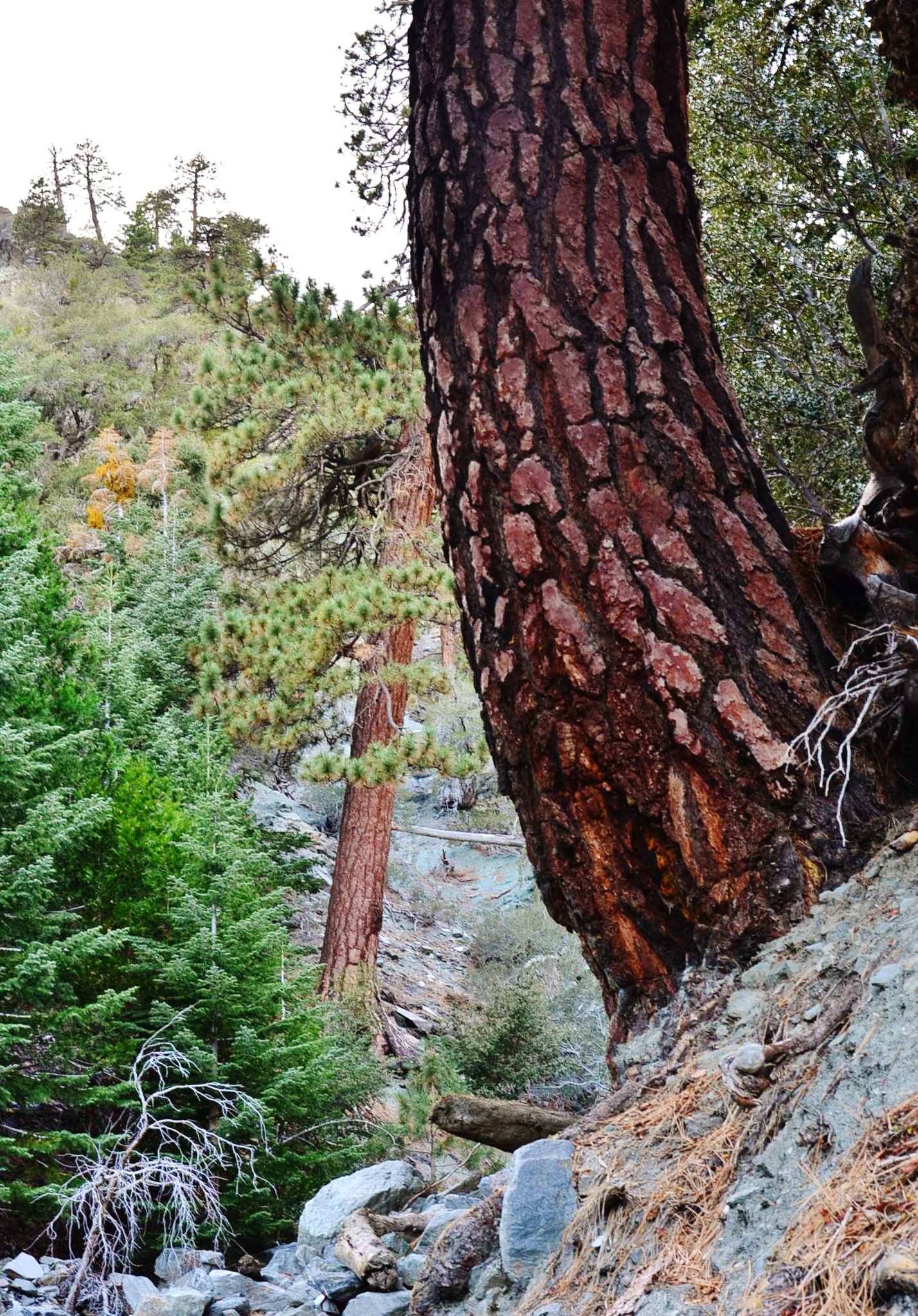Black bears in California’s Angeles National Forest are a significant part of the local ecosystem. With an estimated population of 400-500 individuals, these bears have been steadily increasing in numbers since the late 1970s. They inhabit diverse habitats within the forest, from lower foothills to higher mountainous areas, and have been known to venture into urban areas in search of food. This guide provides essential information about black bears in the Angeles National Forest, including their behavior, habitat, and safety tips for visitors.
What is the Current Population of Black Bears in Angeles National Forest?

The black bear population in Angeles National Forest has been on the rise since the late 1970s. Current estimates suggest:
- Total population: 400-500 individuals
- Growth rate: Approximately 5% annually
- Distribution: Throughout the San Gabriel Mountains and surrounding foothills
This increase in population has led to more frequent sightings, even in areas not typically associated with bear habitats.
Where Have Recent Black Bear Sightings Occurred?

Recent black bear sightings have expanded beyond their traditional habitats:
- San Fernando Valley
- Santa Monica Mountains
- Urban-wildland interfaces around the forest
One notable example is a tagged bear known as Yellow 2291, which has been spotted in various locations after traveling long distances from its original habitat in the San Gabriel Mountains foothills.
What Are the Feeding Habits of Black Bears in Angeles National Forest?
Black bears in Angeles National Forest have diverse feeding habits:
| Food Source | Examples |
|---|---|
| Plants | Berries, nuts, roots |
| Insects | Ants, bees, grubs |
| Small mammals | Rodents, young deer |
| Human-related | Trash, pet food, crops |
Their attraction to human food often leads to conflicts in urban-wildland interfaces, where bears may dig through trash cans or break into homes in search of food.
When is the Mating Season for Black Bears in California?
The mating season for black bears in California typically occurs:
- Mating period: June and July
- Birth of cubs: January or February (during hibernation)
- Litter size: 1-4 cubs
Female bears give birth while in hibernation, and the cubs stay with their mother for about 16-17 months.
How Do Black Bears Interact with Humans in Angeles National Forest?
Human-black bear interactions in Angeles National Forest are increasingly common:
- Bears enter urban areas searching for food
- Property damage occurs due to bears breaking into homes or vehicles
- Potential threats to human safety, although attacks are rare
- California Department of Fish and Wildlife (CDFW) receives thousands of black bear sighting reports annually
To manage these interactions, CDFW may issue depredation permits when necessary.
What Safety Tips Should Visitors Follow in Black Bear Territory?
When visiting Angeles National Forest, follow these safety tips:
- Maintain a safe distance of at least 100 yards (91 meters) from bears
- Store food and trash in airtight, bear-proof containers
- Keep food and scented items away from campsites
- If you encounter a bear:
- Stay calm
- Slowly back away without turning your back
- Make noise to alert the bear of your presence
- For emergencies, contact CDFW or local park rangers, or call 911 for immediate threats
What Specific Habitats Do Black Bears Prefer in Angeles National Forest?
Black bears in Angeles National Forest inhabit various ecosystems:
- Elevation ranges: From lower foothills to higher mountainous areas
- Preferred vegetation types:
- Montane hardwood forests
- Montane chaparral
- Mixed conifer forests
- Key habitat features: Areas with structural and vegetative diversity offering a wide range of food sources
Notable areas of concentrated bear activity include the San Gabriel Mountains and surrounding foothills.
How Has Black Bear Behavior Adapted to Urban Encroachment?
As urban areas expand into bear habitats, these animals have shown remarkable adaptability:
- Increased foraging in residential areas
- Learning to associate human presence with food availability
- Altered activity patterns to avoid peak human activity times
- Expansion into non-traditional habitats like the Santa Monica Mountains
This adaptation has led to more frequent human-bear encounters and necessitated new management strategies.
What Conservation Efforts Are in Place for Black Bears in Angeles National Forest?
Conservation efforts for black bears in Angeles National Forest include:
- Habitat protection and restoration projects
- Public education programs on bear safety and coexistence
- Implementation of bear-proof waste management systems in campgrounds and picnic areas
- Monitoring and research programs to track bear populations and movements
- Collaborative efforts between CDFW, U.S. Forest Service, and local communities
These initiatives aim to maintain a healthy bear population while minimizing human-bear conflicts.
How Do Seasonal Changes Affect Black Bear Behavior in the Forest?
Black bear behavior in Angeles National Forest varies with the seasons:
| Season | Behavior |
|---|---|
| Spring | Emergence from hibernation, increased foraging |
| Summer | Peak activity, mating season |
| Fall | Hyperphagia (excessive eating) to prepare for hibernation |
| Winter | Hibernation, though some bears may remain active in milder areas |
Understanding these seasonal patterns can help visitors plan their trips and anticipate potential bear encounters.
By following safety guidelines and respecting the natural habitat of black bears, visitors to Angeles National Forest can enjoy the beauty of these magnificent creatures while ensuring their own safety and the well-being of the bears.
References:
1. SFGATE: A lonely LA black bear keeps popping up in weird places
2. California Department of Fish and Wildlife: Black Bear Conservation
3. Angeles National Forest: The Black Bear Numbers

